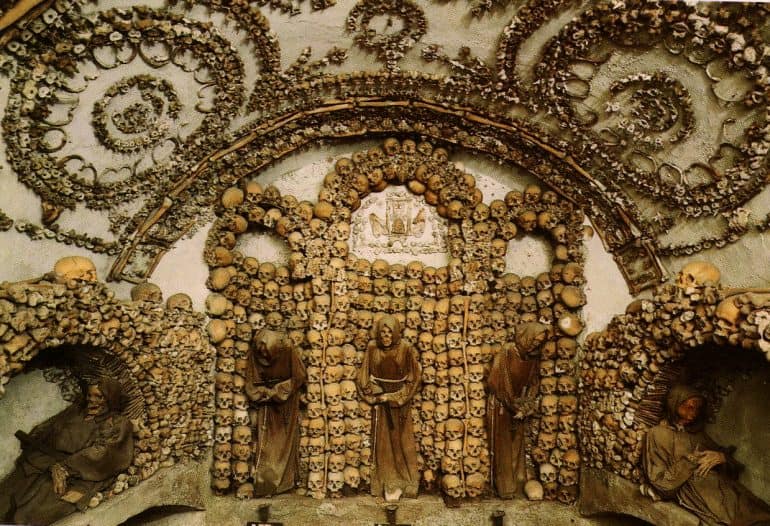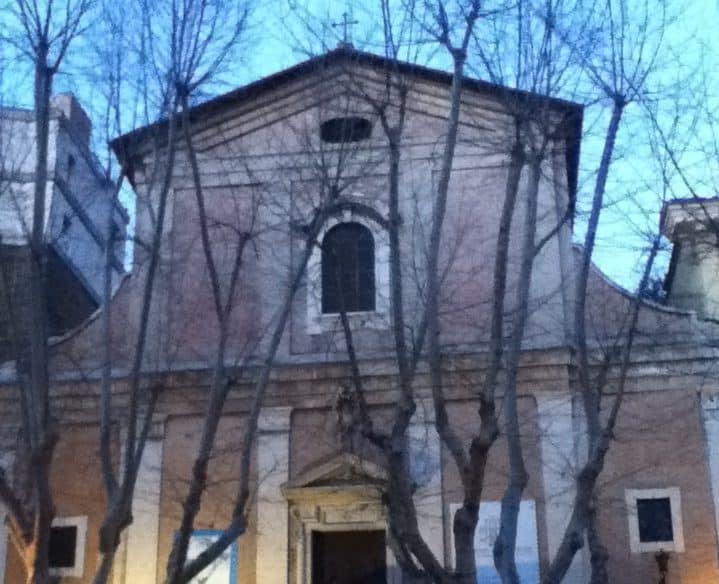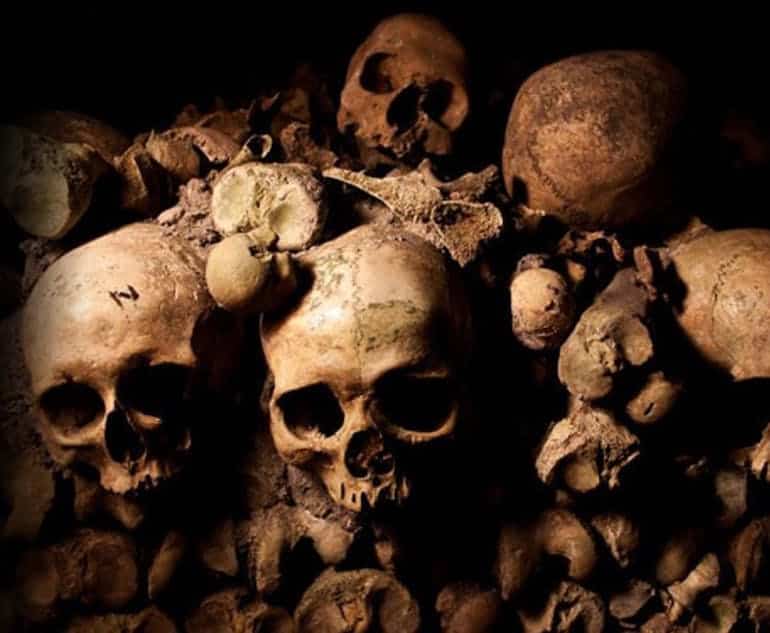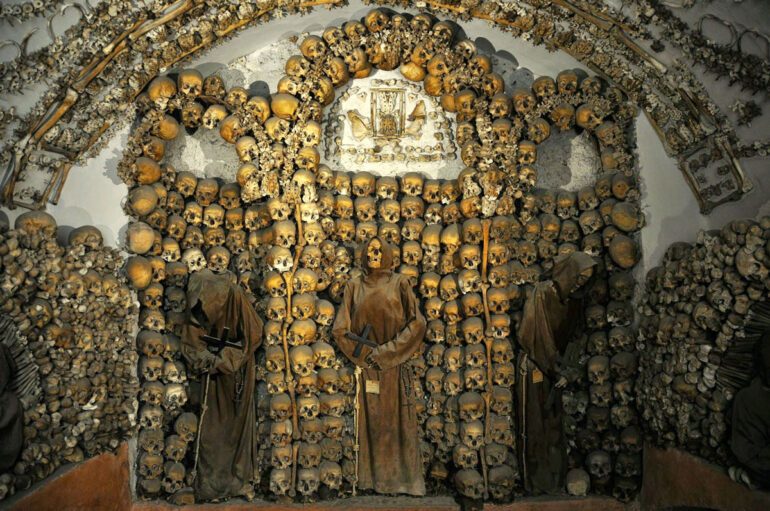The Capuchin Crypt in Rome
Death might seem like a strange topic for a magazine devoted to la dolce vita in Rome. Perhaps it is, but there are certainly some surprising places in this city that defy rhyme or reason. Besides, the Church of Our Lady of the Conception of the Capuchins (Santa Maria della Concezione dei Cappuccini) on Via Veneto deserves a visit if only as a startling reminder of how important is to enjoy what we’ve got, when we’ve got it.
Underneath this 17th Century church is an unusual catacomb featuring the skeletons of around 4,000 friars. Their bones are arranged throughout six chapels/crypts in lamps, sculptures and mosaic-like displays of flowers, geometric shapes, an hourglass, and various religious symbols.
There are six small chambers within the crypt:
- Crypt of the Skulls
- Crypt of the Leg Bones
- Crypt of the Pelvises
- Crypt of the Resurrection
- Crypt of the Three Skeletons
- The Mass Chapel
The Mass Chapel is the only place in the crypt without bones. It contains a relic (the heart of Maria Felice Peretti, the niece of Pope Sixtus V) and the tomb of the Papal Zouaves, defenders of the Church at the battle of Porta Pia.
Some of the fully skeletal capuchin monks even seem strangely preserved and are still wearing their habits! Most impacting of all, however, is the plaque proclaiming, “What you are now, we once were; what we are now, you shall be.” This place is mind-bogglingly gross and fascinating all at once.

Some very famous individuals in history have wandered (or maybe rushed?) through for a look at this macabre spot. Visitors include Mark Twain and the Marquis de Sade, for example, who then each described the experience in their famous works of fact and fiction. De Sade went so far as to state, “I have never seen anything more striking.”


The Capuchin friars are a Franciscan order named because of their habit, which features a pointed brown hood (cappa). The word cappuccino is in fact derived from this and it allegedly alludes to the colour and ‘peaked finish’ of the coffee. In 1631, the Capuchin friars relocated to their current home on Via Veneto and the Vatican ordered them to also take the remains of their brethren with them. Following their relocation, the friars then went on to construct this bizarre crypt. It was designed as a place of reflection and prayer and the chapels within the crypt are actually bone-free.

In June 2012, the addition of a slick new multimedia museum was opened up on the site. It now precedes entrance to the crypt and offers an impressive insight into the history and ethos of the Capuchin order as well as detailing the diffusion of their humanitarian work throughout the world. Last but not least, the museum features a pièce de résistance in the form of a stunning painting by Caravaggio, Saint Francis in Meditation (San Francesco in meditazione).
Address
Via Vittorio Veneto, 27
Opening hours
Open every day 10am-7pm
Contacts
06.42014995




